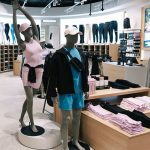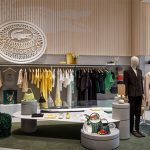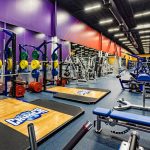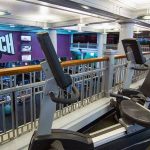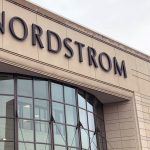With the sliver of optimism that was generated by encouraging April comps already a distant memory, many retailers are conceding that any relief from the recession could be delayed. Following May same-store sales that were one to one-and-a-half points below analysts expectations, the retail market took another blow on June comps that were equally disappointing.
The dire state of the job market and cool, damp weather on the East Coast contributed to the decline while an absence of June tax rebates that factored into the formula a year ago further compounded already-weak reports. More importantly, patterns in consumer spending may paint a foreboding picture for retailers hoping to rebound in the critical back-to-school period.
A recent report by the Labor Department indicated that layoffs are slowing, but continuing unemployment claims are the highest in more than 40 years. According to the report, new claims for unemployment fell 52,000 to 565,000 in June-the fewest claims since January. The continued growth in the unemployment rate, however, along with the fact that more employers are cutting wages and hours, could spell trouble for retailers holding out hope for a quick rebound.
The International Council of Shopping Centers, which tracks 32 retail chain stores, reported that overall U.S. comp store sales fell by 5.1% in June. Significant weakness from teen apparel chains and department stores were the primary contributors to the decline, but even some normally reliable discount chains struggled on a month-over-month basis from a consumer market that is becoming increasingly frugal. Wal-Mart, which typically boosts overall discount chain numbers, stopped reporting monthly figures as of May 2009.
Even the Club business fell into negative territory, thanks in large part to tough gasoline anniversary prices from last year. Costco and BJs Wholesale fell 6% and 7.5%, respectively, partially hindered by said lower gas prices. Targets comps fell 6.2%, more than the 5.6% comp decline analysts had originally forecasted for the high-end discounter.
Highlights for discounters included Ross Stores, which posted a slight comp gain for the month, and TJX Cos. which significantly exceeded its own expectations by posting an admirable 4% gain that company President and CEO Carol Meyrowitz said was partially due to an increase in store traffic.
In the teen retailer market, Abercrombie & Fitch, which recently cut merchandise prices to better compete with the market, saw monthly comps plummet 32% and Zumiez endured a 19.3% drop in same-store sales. The Buckle and Aeropastle continued to buck the trend for teen retailers, however, posting June comp gains of 9.6% and 12.0%, respectively, on hot sales of more conservatively priced en vogue apparel and accessories. The Buckles focus on denim also appears to be a winning formula that drives the rest of the business. (see details below)
Expectedly, department stores continued to struggle on weakness from every reporting retailer. Bringing up the rear was high-end luxury retailer Neiman Marcus, which saw June comps plummet 20.8%. Nordstroms, which benefited from a June designer sales event, heftily exceeded analysts predictions on a respectable comp decline of 4.4% for the month.
Despite grim reports from most chains, some economists feel the few bright spots in June may indicate some much-needed relief. “Although June sales continued their very weak performance that has persisted since December 2008, there are some signs of improvement beneath the surface with a handful of teen and value retailers posting surprisingly healthy gains,” said Michael P. Niemira, chief economist and director of research for ICSC. “These nascent signs of improvement are important since history suggests that consumer spending typically starts off sluggish prior to significant improvement.”
Zumiez reported comparable store sales for June declined 19.3% versus a 3.4% drop in the prior years corresponding period. Total sales for the five-week period ended July 4 decreased 7.9% to about $32 million as compared to $34.7 million in the year-ago period.
On a conference call with analysts, management for the mall retailer attributed the comp decline to a decrease in comparable store transactions and to a decrease in average unit retail.
“Our comping stores in the western half of the United States and South comped down in the low-negative 20% range while our stores in the Midwest Northeast comped down in the mid-teen range,” said Trevor Lang, CFO of Zumiez, Inc.
As noted, The Buckle continued to post strong results in an otherwise listless market, reporting 9.6% increase in comps for the five-week period ended July 4 on net sales that increased 14.4% to $70.8 million compared to net sales of $61.9 million in the year-ago period. On a conference call with analysts, management noted that the mens business, which represented about 41.5% of totals sales for the month, slipped 3.5% from the prior years five-week period ended July 5, 2008.
Positive categories for the mens side included strength from denim, woven shirts and active apparel. Price points were up about 9%.
For the womens side, which represented about 58.5% of total sales, strength from denim, knit tops, active apparel, accessories and footwear drove sales up 31% from the prior year period. Price points were up about 6% for the month.
For the womens side, which represented about 58.5% of total sales, strength from denim, knit tops, active apparel, accessories and footwear drove sales up 31% from the prior year period. Price points were up about 6% for the month.
Overall accessories for the month were up 23% while footwear increased by about 16%.

